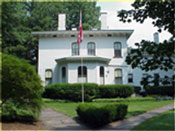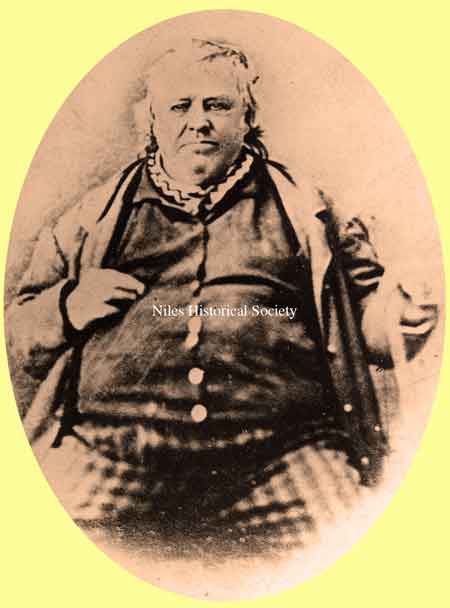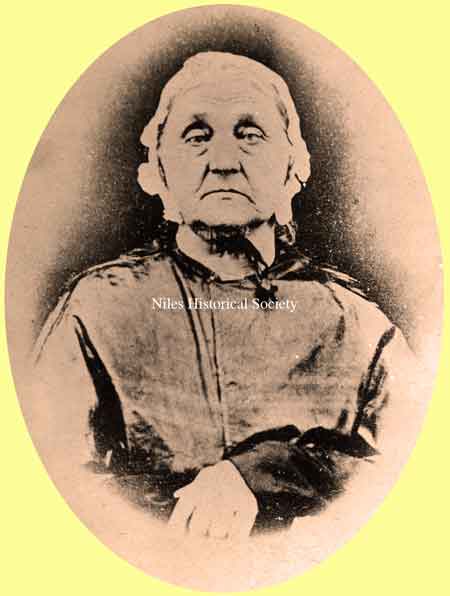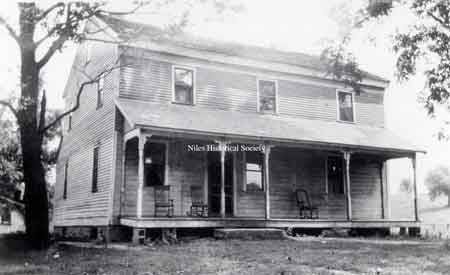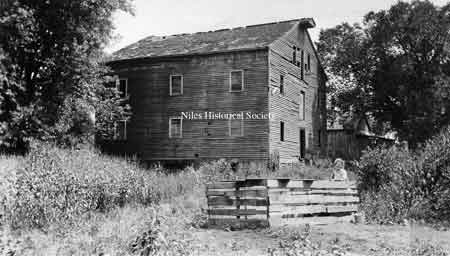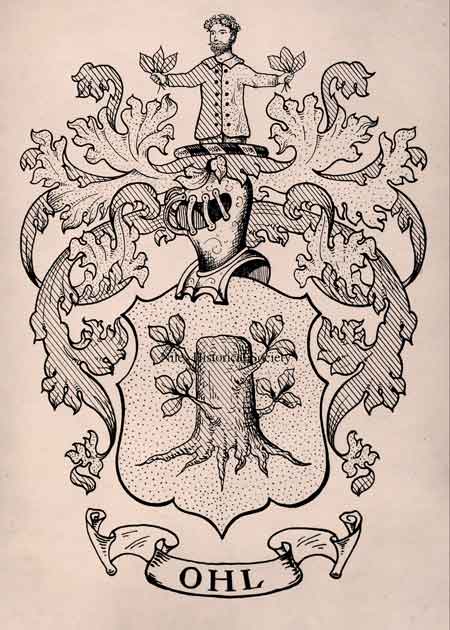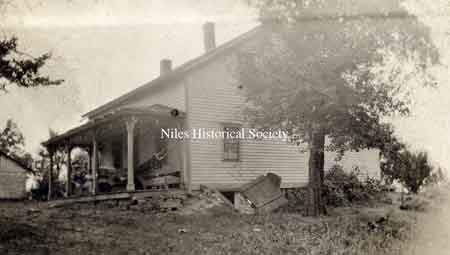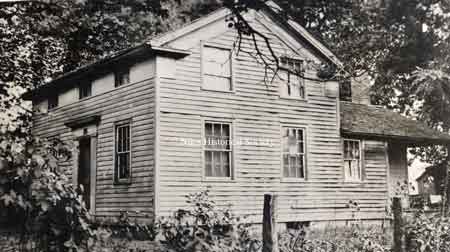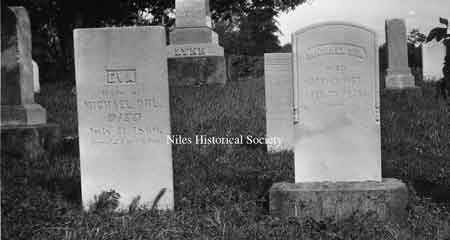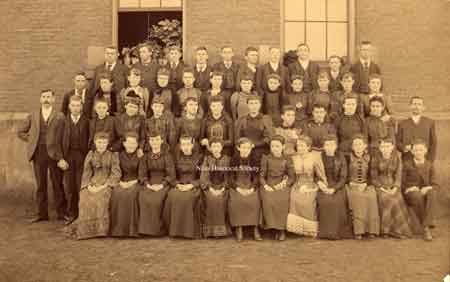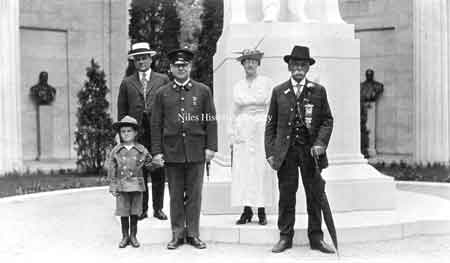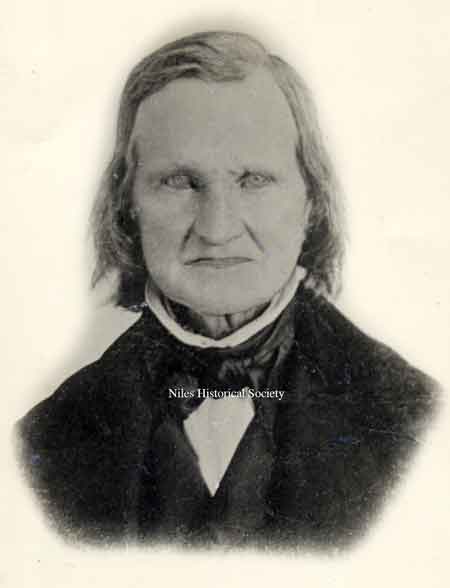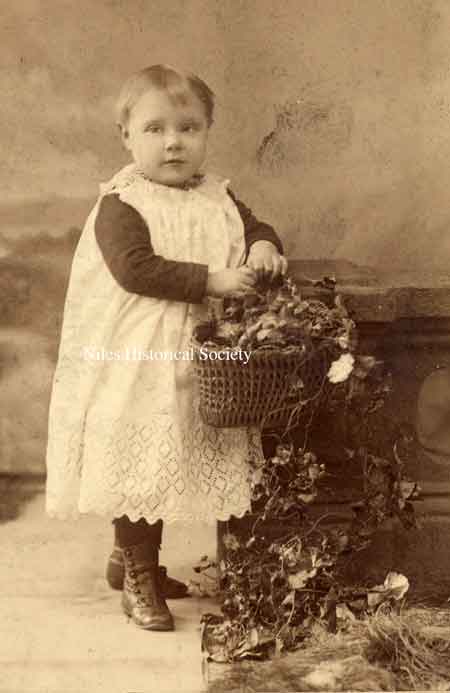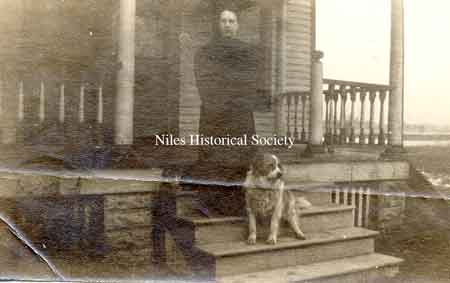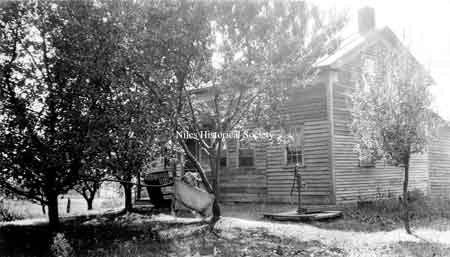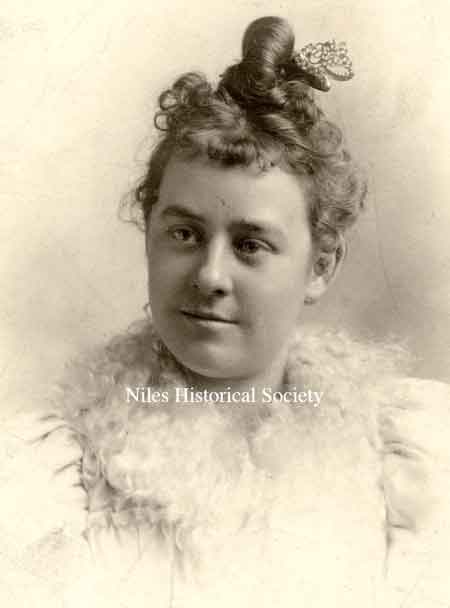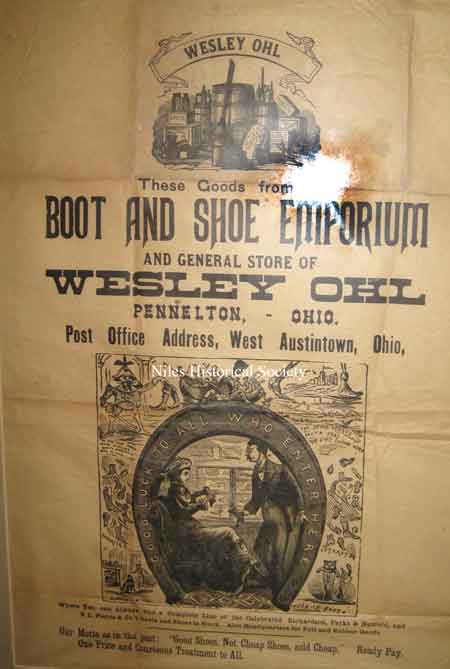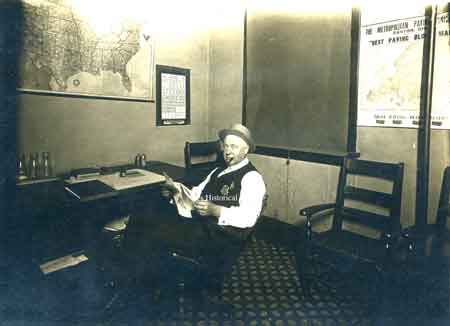Ward-Thomas Museum


Ohltown History
Ward — Thomas
Museum
Home of the Niles Historical Society
503 Brown Street Niles, Ohio 44446
Click on any photograph to view a larger image.
News
Tours
Individual Membership: $20.00
Family Membership: $30.00
Patron Membership: $50.00
Business Membership: $100.00
Lifetime Membership: $500.00
Corporate Membership:
Call 330.544.2143
Do you love the history of Niles, Ohio and want to preserve that history and memories of events for future generations?
As a 501(c)3 non-profit organization, your donation is tax deductible. When you click on the Donate Button, you will be taken to a secure Website where your donation will entered and a receipt generated.
|
Michael Ohl |
Compiled by
Grace Allison and Audrey John Ohltown was founded by Michael Ohl in 1815, and it existed over 100 years before its residents were forced to relocate. It was a quiet little village located in the southwestern part of Weathersfield Township about a mile and a half west of Mineral Ridge, Ohio. By 1805 German settlers were immigrating into Ohio in large numbers. Henry and Abolona Leach Ohl and their nine children came from Allentown, Pennsylvania. to Canfield Township in what was then Trumbull County. Henry bought a farm north of the village of Canfield where he built a home for his family. He later built a blacksmith shop there. A prosperous man with a sincere interest in the welfare of his fellow men, Henry was involved in such community interests as the building and supporting of the church and cemetery. When the Ohl family came to Ohio, their eldest son, Michael, was 21 years old. On September 18, 1806, Michael married Eva Meyers (Meiers). They settled in the southwestern comer of Austintown Township where they lived for 12 years and the first five of their 13 children were born. A dam had to be built to impound the waters of
Meander Creek and then he dug a channel |
|
| |
||
|
Eva Meyers Ohl Home of Mr. and Mrs. Michael Ohl Mill at Ohltown Picture Dated Ohl Family Coat of Arms |
From
the time of the settlement of the Western Reserve Territory, the
road from By 1859, Ohltown had been in existence for 44
years and was a thriving little village with Michael Ohl was a cooper by trade. Although he practiced his trade to some extent, his interest and responsibilities became so diversified he did not have much time for his trade. As the father of 15 children, he needed an income from a thriving farm. The first coal was mined in 1835 on Coal Run, just south of the village, on Michael Ohl's farm. That first mining proved to be bastard cannel coal, or blackstone, but other parts of the seams produced a rich vein of coal. In fact, when Michael sold the land, he reserved the mineral rights and his heirs received royalties for years. Michael died in 1849, but his sons kept a deep
interest in the home their father had made for By 1882, Ohltown had become a quiet village with only 30 homes, two small stores, operated by T.J. Moore and J.A. Ramsey, a blacksmith and the gristmill, which was run by the Flick brothers. When the streetcar became the fashionable mode of travel and interurban lines were built between towns, Ohltown was again by passed. By the early years of the 20th century, nothing
was left of Michael Ohl's beloved town but a By 1917, the Mahoning River, the source for Niles water supply, was becoming highly polluted with sewage and industrial waste. The Niles fathers became deeply concerned as to the purity and volume of the city's water supply. On May 20, 1925, a headline in the Niles Daily Times announced, "City officials survey proposed new water site. Location at Ohltown favored in preliminary survey." The story read: "The site, which is expected to be selected will place the dam (to form a lake) at Ohltown, with the lake extending between five and six miles up Meander Creek. The proposed lake will be a mile wide at one point. The site will be about four miles from Niles." During the spring of 1928, Niles and Youngstown
established the Mahoning Valley In 1927, official plans were adopted for the construction of Meander Reservoir with a complete water filtration, softening and pumping plant at the dam site. Property within the lake site was purchased from various owners. Some residents reluctantly left their homes and relocated. Others refused to accept the financial payment offered them and were still in their homes when crews began removing trees. Other residents made arrangements and moved their homes on lots along Webb, Ohltown and North Turner roads. Each home was lifted from its foundation, placed on rollers and moved by ropes wound around a windlass which was turned by a horse. The construction of the Ohltown Viaduct, which crosses the reservoir over the spot where Michael Ohl's little village once stood, was started in October 1928 and completed during June 1930. Its concrete and steel structure consists of nine spans, each about 100-feet long. The earthen dam near Evansville is approximately a half-mile long and 60-feet high at the concrete spillway, backing up a billion gallons of water in a lake seven miles long. At the time it was built, the reservoir was the largest manmade water supply dam in the country. Construction of the reservoir and water treatment plant was completed and the MVSD began furnishing water to Niles and Youngstown on July 9, 1932. Today, Meander Reservoir still hides the site
of the little village of Ohltown, but two links to Many of our readers were unaware of the problems people faced having safe water in the 1900's. With private wells being infected, and river water filled with industrial waste and sewage, safe fresh water was desperately needed. At a cost of $9,150,000 and years of negotiating, Niles today can turn on the spigot and receive safe water. Today, we think little about the cost in time and money it has taken to give us a drink of fresh safe water. The residents today owe a debt of gratitude to the officials and citizens who had the fortitude to persevere against opposition to a successful conclusion. |
|
| |
||
|
A photograph of the Ohl Homestead. It was built by Michael Ohl and used as an inn before being destroyed by the Meander Dam construction. PO1.1647 |
The Michael Ohl home from a different angle. |
Graves of Michael Ohl and Eva Ohl. PO1.1644 |
|
May 30, 1918 - Back row: Mr. and Mrs. William Brown of Beaver Falls, PA. Front row: the boy is Carl Cleveland Ohl, Howard Ohl and Hiram Ohl (the old man). Standing in front of the statue of McKinley in the rotunda of the McKinley Memorial. PO1.1084 Right: Portrait of George Ohl. PO1.1718 |
||
| |
||
|
|
||
|
A photograph of Edith Ohl Partridge, standing on the front porch of the Ohl house in Weathersfield Township with her dog. PO1.1645
Left: |
View of the Herring house. |
|
|
|
|
